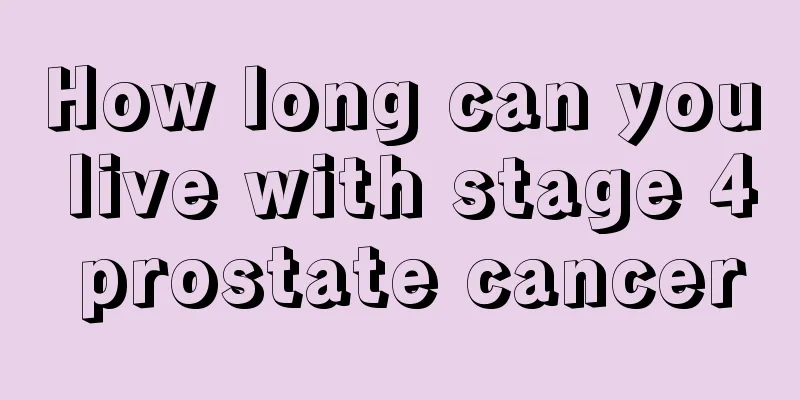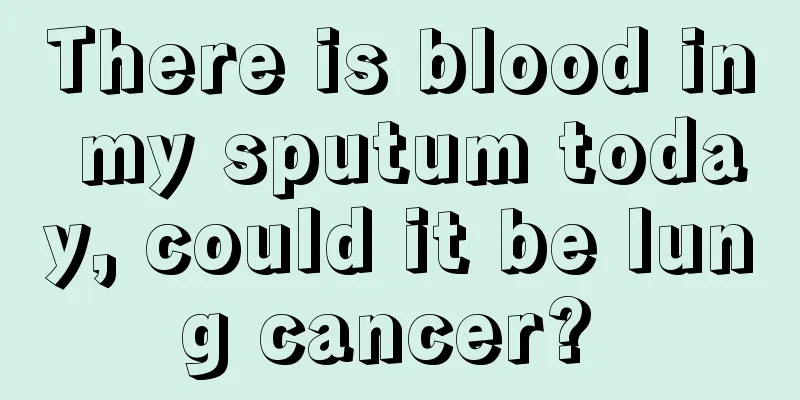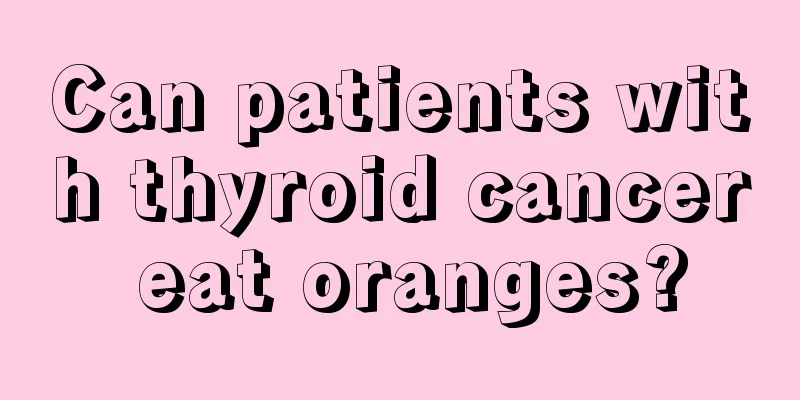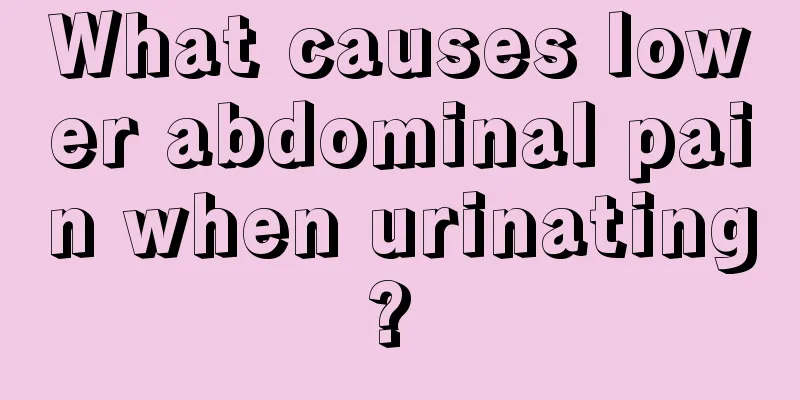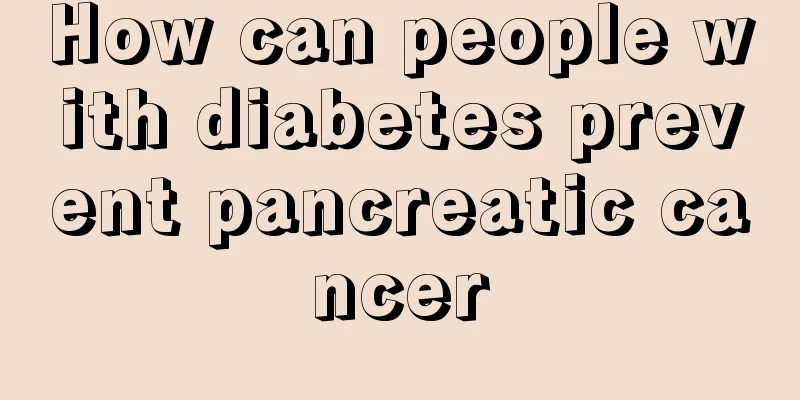Treatment of Preexcitation Syndrome

|
What kind of disease is preexcitation syndrome? I believe most people don't know much about it. So is this disease common? What are the harms? Is it possible for me to be exposed to this disease? If I accidentally get infected with this disease, what good treatment methods are there to treat it? In fact, everyone's questions are very necessary. Today, let's take a brief look at what this disease is and how to treat it. Preexcitation is an abnormal phenomenon of atrioventricular conduction. The impulse is transmitted through the accessory channel, prematurely exciting part or all of the ventricles, causing premature excitation of some ventricular muscles. People with preexcitation are called pre-excitation syndrome (pre-excitation syndrome) or WPW (Wolf-Parkinson-White) syndrome, which is often accompanied by supraventricular paroxysmal tachycardia. Preexcitation is a rare arrhythmia, which is mainly diagnosed by electrocardiogram. Disease factors (35%): It is also seen in certain congenital heart diseases and acquired heart diseases, such as tricuspid valve displacement, hypertrophic obstructive cardiomyopathy, etc. Patients with preexcitation may also have atrial fibrillation or atrial flutter. Most of these attacks are caused by retrograde impulses reaching the atria during the vulnerable period of the atria. During atrial flutter and atrial fibrillation, the impulses are latently conducted in the tissues at the junction, causing most or all of the impulses to be transmitted to the ventricles via bypass pathways. The ventricular rate is extremely fast, and atrial flutter or atrial fibrillation with abnormal QRS complexes can sometimes develop into ventricular fibrillation. The cause of preexcitation is the presence of a congenital atrioventricular accessory channel (also known as bypass) outside the normal atrioventricular conduction system. Most patients have no organic heart disease. Preexcitation itself does not require specific treatment. When concurrent supraventricular tachycardia occurs, the treatment is the same as general supraventricular tachycardia. When atrial fibrillation or atrial flutter occurs, if the ventricular rate is fast and accompanied by circulatory disorders, synchronized direct current cardioversion should be used as soon as possible. Lidocaine, procainamide, propafenone, and amiodarone slow conduction along the accessory pathway, which can slow the ventricular rate or convert atrial fibrillation and flutter to sinus rhythm. Digitalis accelerates conduction along the accessory pathway, while verapamil and propranolol slow down conduction within the atrioventricular node, both of which may significantly increase the ventricular rate or even develop into ventricular fibrillation, so they should not be used. If supraventricular tachycardia, atrial fibrillation or atrial flutter occurs frequently, it is advisable to take the above-mentioned antiarrhythmic drugs orally for a long time to prevent attacks. For patients whose atrial fibrillation cannot be controlled by drugs, whose electrophysiological examination confirms that the refractory period of the bypass is short or the refractory period of the bypass is shortened during rapid atrial pacing, or whose ventricular rate reaches about 200 beats/min during an attack of atrial fibrillation, there are indications for electrical, radiofrequency, laser or cryoablation after positioning, or surgical severance of the bypass to prevent attacks. It can be seen from this that this is a heart disease, which is difficult for us to understand and detect in daily life because it requires an electrocardiogram to detect it. Therefore, it is necessary to have more physical examinations in normal times. Of course, this disease is not very scary and does not require special treatment. Listening to the doctor may be the best way. |
<<: Hypothermia treatment method
>>: Introduction to superior orbital fissure syndrome
Recommend
What are the early symptoms and signs of laryngeal cancer? Can laryngeal cancer be cured? How long can one live?
Laryngeal cancer (carcinoma of laryngology) is a ...
Table of contraindications for taking anti-inflammatory drugs
In fact, in life, many people don’t know what the...
What preparations should be made before surgery for lung cancer? What dietary precautions should be taken after lung cancer surgery?
For many lung cancer patients, early detection of...
Are the fetal movements frequent in the days before delivery?
The fetal movement that people often talk about s...
Don't easily suspect that you have colon cancer
Suspecting you may have bowel cancer can be very ...
What kind of radiation protection suit is good
Many anti-radiation clothing for pregnant mothers...
Is the cure rate of early cervical cancer high?
Cervical cancer is a major disease that threatens...
How much does gallbladder cancer surgery cost for children
The human body eats every day, and after eating, ...
What are the effects and functions of turmeric powder?
The effects and functions of turmeric powder incl...
Clinical manifestations of prostate cancer recurrence
Currently, radical prostatectomy is one of the ma...
What are the precautions after interventional surgery
Interventional surgery has been widely used in ma...
What are the characteristics of each stage of bile duct cancer
The disease of bile duct cancer is a ruthless blo...
What to do if aortic valve calcification is accompanied by regurgitation?
Aortic valve calcification with regurgitation is ...
Is prostate cancer really hereditary?
Prostate cancer is a common male disease. Patient...
How to remove rust from an iron pan
People who really know how to cook will use an ir...
